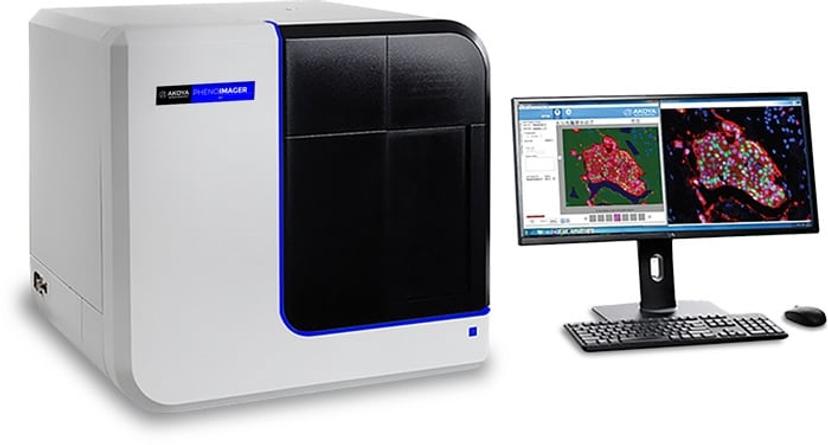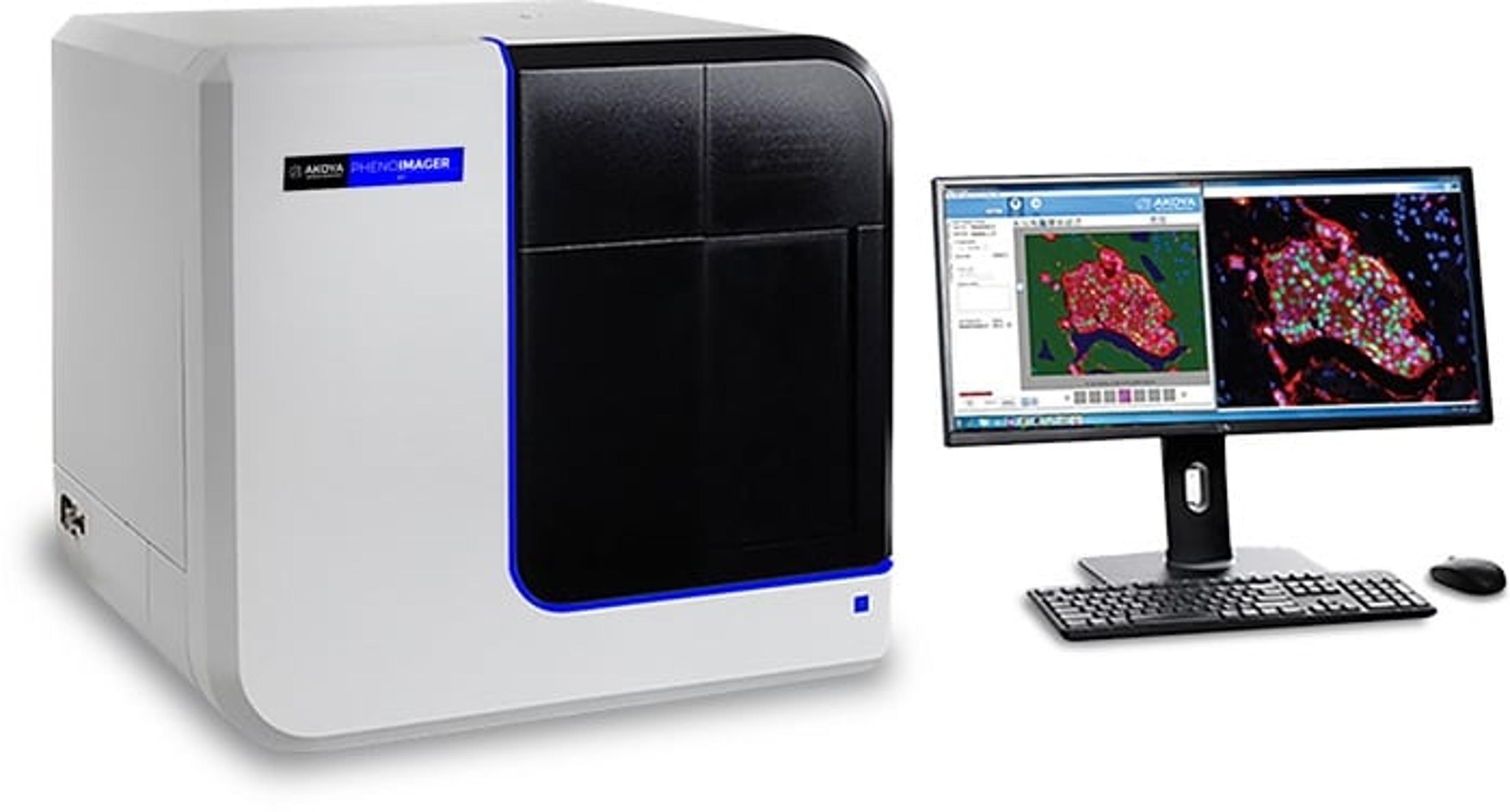Breakthroughs in spatial biology
This special feature explores how researchers are examining the microenvironment of complex tumors, and highlights the recent advancements in microscopy and the latest discoveries driving progress in spatial biology research
17 Sept 2023

Spatial biology is a dynamic and interdisciplinary field, which has emerged as a powerful lens through which we can examine the spatial organization and interactions of biological entities within complex ecosystems. Spatial biology combines techniques from genomics, imaging, and computational biology, which allows us to explore the spatial relationships of molecules, cells, and organisms. The field has made remarkable advancements over recent years, driven by innovative technologies that enable us to visualize and analyze biological processes with precision.
In this special feature, we will shed light on the latest technological breakthroughs in spatial biology and their transformative impact on the field. We will explore innovations that empower researchers to study the microenvironment of complex tumors, and will examine the evolution of microscopy, which has advanced to generate reliable and diverse datasets.
1. Exploring the tumor microenvironment in pancreatic cancer
Learn how the Cell DIVE multiplex imager, combined with AI, reveals a detailed view of the tumor microenvironment. By leveraging dozens of biomarkers, users can reduce tumor heterogeneity, accurately define cells in hypoxic and normoxic PDAC regions, and in normal pancreatic tissue with Cell Dive from Leica Microsystems.
2. Quantitative microscopy for precision spatial biology
In this article, Dr. Zbigniew Mikulski explores how microscopy has evolved, and highlights the important features that modern technology needs to produce reliable, diverse data. Mikulski also offers insights into how to plan and carry out experiments to ensure trustworthy and consistent results with RareCyte.
3. Bringing spatial biology to the clinic
Spatial transcriptomics pioneer, Dr. Arutha Kulasinghe, senior research fellow and principal investigator at the University of Queensland, shares his latest work in understanding the underlying tumor biology using an integrative multi-omics approach, and how it could inform therapy decisions.
4. Exploring the power of super-resolution microscopy
In this article, Winfried Wiegraebe, product manager of super-resolution microscopy at Bruker, discusses how single-molecule localization microscopy can image subcellular structures deep within samples to reveal novel biological insights.
Upgrade your spatial biology toolkit with these key resources:
- Microscopy techniques: In this free eBook, explore key microscopy techniques, across the spatial biology workflow, including multiplexing, super-resolution microscopy, and AI-enabled spatial analysis. Download guide >>
- Multi-omic multiplexing: Discover a series of case studies illustrating how a multi-omic multiplexing approach can be leveraged to gain a comprehensive view of spatial biology, including a multiplexed in situ transcriptomic method for the spatial mapping of target genes. Download guide >>
- Tissue heterogeneity: Learn how coupling single-cell approaches with new spatial analyses of gene expression is enabling researchers to see biology in new ways through significant shifts in spatial resolution and scale.
Download guide >>
Read reviews on technology advancing the field of spatial biology
Find out what researchers around the world are saying about the products they use, including Ayse Akarca, from University College London, who shared his thoughts on the PhenoImager™ HT from Akoya Biosciences:
"The product is quite good and user-friendly. It helps imaging and analysis as it has a built-in image analysis facility. Cool machine."

Ease of use: 5/5
After sales service: 5/5
Value for money: 4/5
Want to share your opinion on the products in your lab? Leave a review now and you could win a $400 Amazon gift card.

